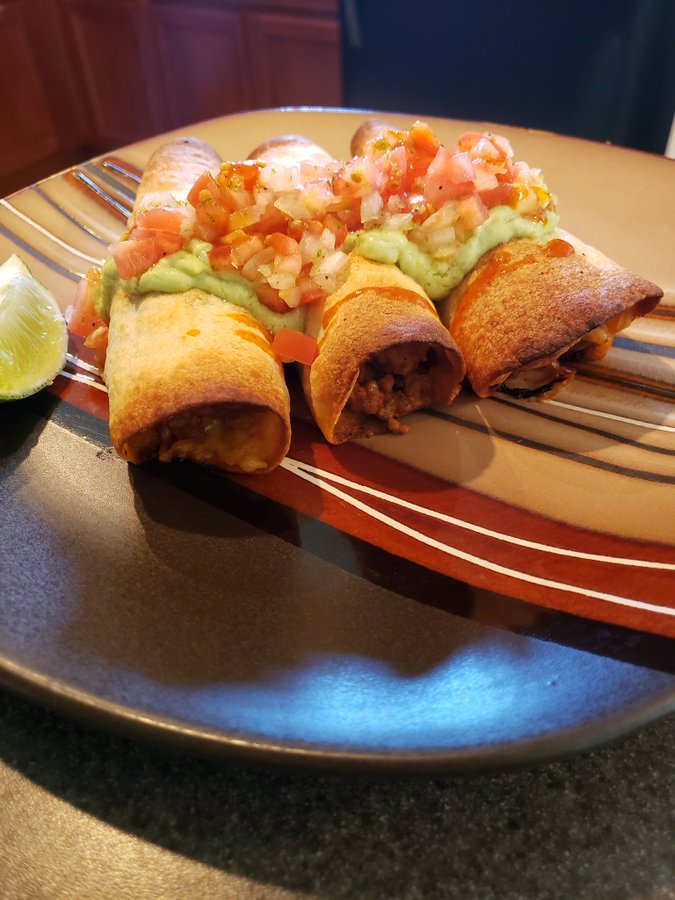Pico de gallo, also known as salsa fresca, is a refreshing and versatile Mexican condiment that has become popular all around the world. Made with chopped fresh vegetables, citrus juice, and seasonings, pico de gallo is a healthy and flavorful addition to any meal.
In this blog post, we’ll explore the origins, ingredients, health benefits, and uses of pico de gallo, as well as some tips for making and serving this delicious dish.
Origins of Pico de Gallo
The name “pico de gallo” translates to “rooster’s beak” in Spanish, and there are several theories about how it got its name. One theory suggests that the small, finely chopped pieces of vegetables resemble the food that chickens peck at with their beaks. Another theory is that the dish was originally eaten with the fingers, using the thumb and forefinger to pinch and scoop the vegetables, much like a rooster’s beak.
Pico de gallo is believed to have originated in Mexico, specifically in the region of Jalisco, which is known for its tequila and mariachi music. It is often served as a condiment for tacos, fajitas, quesadillas, and other Mexican dishes, but it can also be eaten on its own as a snack or appetizer.
Ingredients of Pico de Gallo
The basic ingredients of pico de gallo are onions, tomatoes, peppers, and citrus juice, but there are many variations and additions that can be made to suit personal taste. Here is a breakdown of the most common ingredients and their functions:
- Onions: The onions provide a sharp and pungent flavor that balances the sweetness of the tomatoes and the tanginess of the citrus juice. White onions are the most traditional choice, but red onions or green onions can also be used.
- Tomatoes: The tomatoes are the main ingredient of pico de gallo, providing the bulk of the dish as well as a juicy and refreshing flavor. Ripe, red tomatoes are the best choice, but other varieties such as cherry tomatoes or heirloom tomatoes can be used for a more complex flavor.
- Peppers: The peppers add heat and depth to the dish, as well as a bright color. Jalapeño peppers are the most common choice, but serrano peppers, habanero peppers, or even bell peppers can be used depending on personal preference.
- Citrus juice: The citrus juice, usually lime juice, adds acidity and brightness to the dish, as well as helping to preserve the vegetables. Lemon juice or orange juice can also be used for a different flavor.
- Salt: Salt is essential for bringing out the flavors of the vegetables and balancing the acidity of the citrus juice. Sea salt or kosher salt are the best choices.
- Cilantro: Cilantro is a traditional herb used in pico de gallo, providing a fresh and zesty flavor that complements the other ingredients. Some people love cilantro, while others find it too pungent or soapy. If you don’t like cilantro, you can leave it out or substitute with another herb such as parsley or basil.
Other optional ingredients that can be added to pico de gallo include garlic, cumin, coriander, black pepper, avocado, mango, pineapple, or corn.
Ingredients:
1 small white onion, finely chopped (about 1 small onion)
1 medium jalapeño or serrano pepper, ribs and seeds removed, finely chopped (reduce or omit for less heat, or add more for extra spiciness)
1/4 cup fresh lime juice
3/4 teaspoon fine sea salt, or more to taste
1 1/2 pounds ripe red tomatoes (about 8 small or 4 large), chopped
1/2 cup fresh cilantro leaves, finely chopped (about 1 bunch)
Instructions:
In a medium serving bowl, combine the chopped onion, jalapeño, lime juice, and salt. Let the mixture marinate for 5 minutes while you chop the tomatoes and cilantro.
Add the chopped tomatoes and cilantro to the bowl and stir well to combine. Taste and adjust seasoning as needed.
For the best flavor, let the pico de gallo marinate for at least 15 minutes or up to several hours in the refrigerator.
Serve the pico de gallo as a dip or a topping for tacos, burritos, grilled meat, or other dishes. Use a slotted spoon or a large serving fork to avoid transferring too much liquid.
Store any leftovers in a covered container in the refrigerator for up to 4 days.
Enjoy!




2 Comments